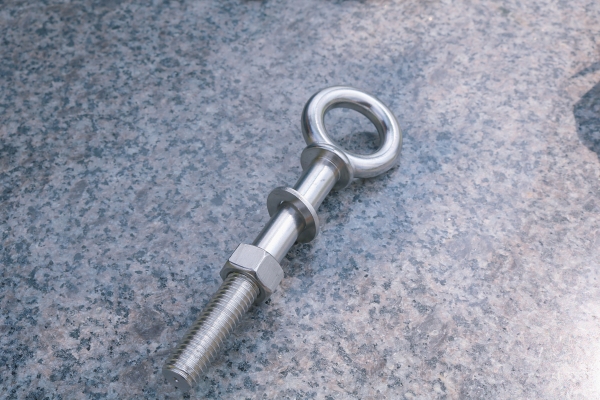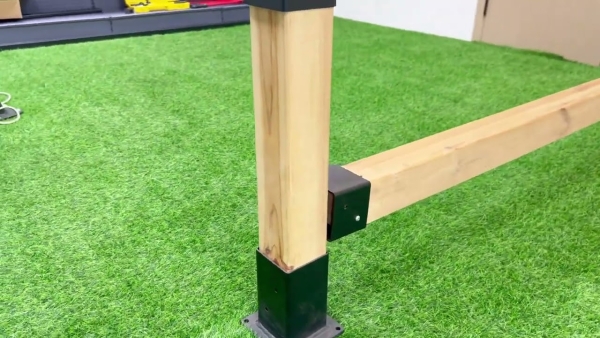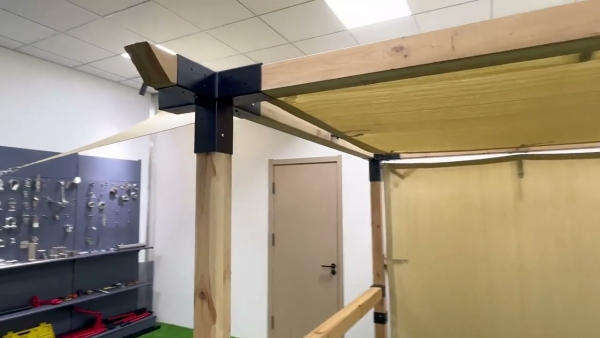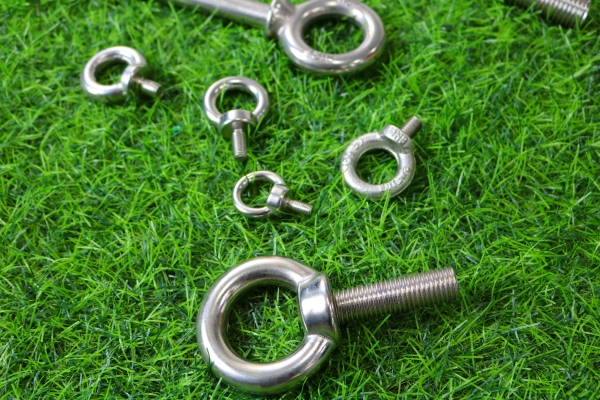موضوع المدونة حول الرسم التفصيلي للعريشة الخشبية مقاس 4 × 4 بوصة
بالإضافة إلى الخشب، تشمل المواد الأخرى اللازمة لبناء العريشة الخشبية البراغي أو المسامير المجلفنة، والقواعد الخرسانية أو المثبتات، وأي عناصر زخرفية مثل الألواح الشبكية أو النباتات المتسلقة. من المهم اختيار المواد المناسبة للمناخ والاستخدام المقصود للعريشة بعناية لضمان طول عمرها وسلامتها الهيكلية.
تبدأ عملية إنشاء العريشة الخشبية بتجهيز الموقع ووضع الأساس. قد يتضمن ذلك حفر ثقوب في الأعمدة وصب قواعد خرسانية، أو استخدام المراسي لتثبيت الأعمدة في هيكل موجود مثل السطح أو الفناء. بمجرد وضع الأساس في مكانه، يمكن تثبيت العوارض الخشبية والعوارض الخشبية وفقًا للرسم التفصيلي، مما يضمن أنها مستوية ومثبتة بشكل آمن.
مع تشكيل الهيكل، يمكن إضافة عناصر إضافية مثل الألواح الشبكية أو الزخارف الزخرفية لتعزيز مظهر العريشة. أخيرًا، يمكن تلطيخ العريشة أو طلاءها لحماية الخشب من العناصر وإنشاء مظهر متماسك مع المناظر الطبيعية المحيطة.
في الختام، يعد الرسم التفصيلي للعريشة الخشبية مقاس 4 × 4 بوصة أداة أساسية لضمان نجاح العريشة. بناء العريشة الخشبية. من خلال التخطيط الدقيق للتصميم والمواد، يمكن للبنائين إنشاء هيكل خارجي جميل وعملي يوفر سنوات من المتعة. باستخدام المواد وتقنيات البناء المناسبة، يمكن للعريشة الخشبية أن تعزز أي مساحة خارجية وتخلق بيئة ترحيبية للاسترخاء والترفيه.
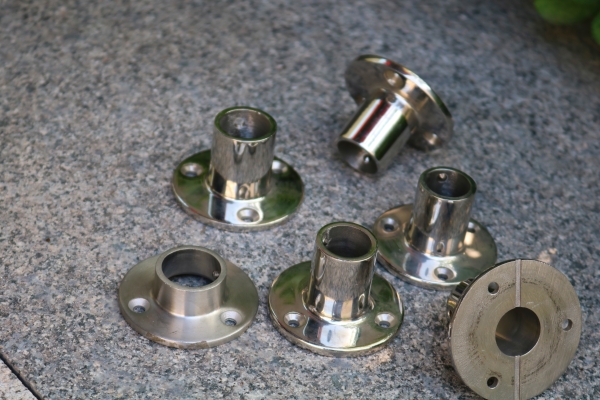
A 4”x4” timber pergola detail drawing is essential for ensuring that the structure is built correctly and to the desired specifications. The drawing should include precise measurements of the timber beams, posts, and rafters, as well as the overall dimensions of the pergola. It should also indicate the spacing between the beams and posts, as well as any additional features such as decorative elements or lighting fixtures.
In addition to providing a visual guide for construction, a detail drawing can also help to identify any potential issues or challenges that may arise during the building process. By carefully reviewing the drawing before starting construction, builders can anticipate any problems and make adjustments as needed to ensure a successful outcome.
When it comes to materials for a 4”x4” timber pergola, the most important component is, of course, the timber itself. The timber used for the pergola should be of high quality and suitable for outdoor use. Cedar, redwood, and pressure-treated pine are popular choices for timber pergolas due to their durability and resistance to rot and decay.
In addition to timber, other materials needed for constructing a timber pergola include galvanized screws or nails, concrete footings or anchors, and any decorative elements such as lattice panels or climbing plants. It is important to carefully select materials that are appropriate for the climate and intended use of the pergola to ensure its longevity and structural integrity.
The process of constructing a timber pergola begins with preparing the site and laying the foundation. This may involve digging post holes and pouring concrete footings, or using anchors to secure the posts to an existing structure such as a deck or patio. Once the foundation is in place, the timber beams and rafters can be installed according to the detail drawing, ensuring that they are level and securely attached.
As the structure takes shape, additional elements such as lattice panels or decorative trim can be added to enhance the appearance of the pergola. Finally, the pergola can be stained or painted to protect the timber from the elements and create a cohesive look with the surrounding landscape.
In conclusion, a 4”x4” timber pergola detail drawing is an essential tool for ensuring the successful construction of a timber pergola. By carefully planning the design and materials, builders can create a beautiful and functional outdoor structure that will provide years of enjoyment. With the right materials and construction techniques, a timber pergola can enhance any outdoor space and create a welcoming environment for relaxation and entertainment.

